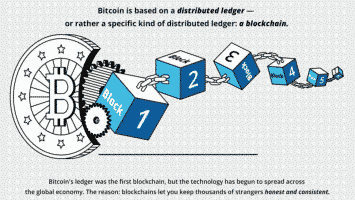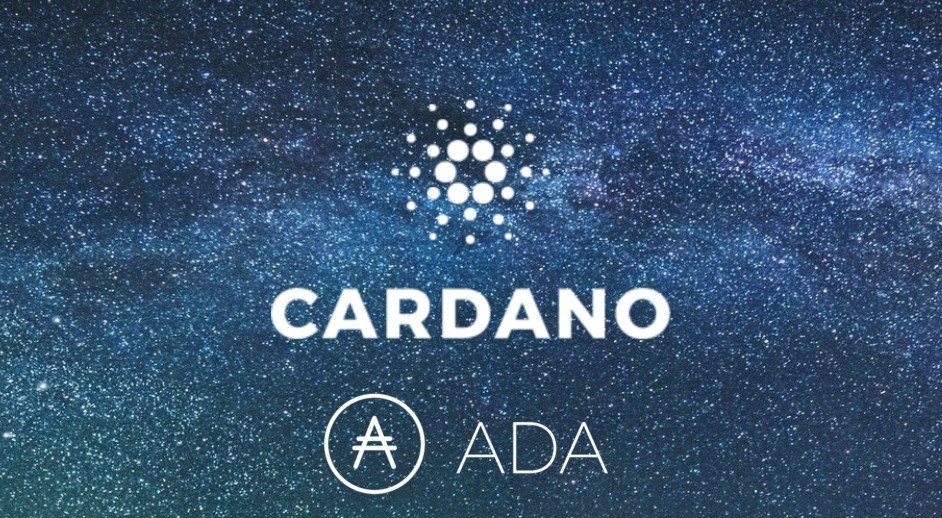on the crypto
Neo is one of the blockchain older, currently the quotation of neo it is a little understated compared to names that use aggressive marketing, indeed, we can say that NEO has never had great interest in Marketing.
However, it is always present in international conferences and tries to evolve to solve problems that currently afflict it, let's talk about blockchain 3.0
NEO aims for the Blockchain 3.0
As we learn from an official article, NEO is working hard to understand how to evolve its Blockchain and adapt it to large-scale consumption, it is talking to the world of industry and entrepreneurship to understand the needs and how to offer it for the adoption of mass.
What will Neo 3.0 have
dBFT 2.0
Delegated Byzantine Fault Tolerance (dBFT) is a consent mechanism designed specifically for blockchain. A series of consensus nodes is selected through a voting process and these consensus nodes generate and validate the blocks together. Since the consensus nodes are obliged to reach a shared consensus on a new block before committing to the blockchain, dBFT provides a single-block purpose, which means that thea blockchain NEO cannot be forked and the transactions are irreversible. Once a transaction is confirmed on the blockchain, it cannot be canceled or canceled. For financial applications, the purpose of a transaction is a necessity
NEO and GAS lower costs
As we know, there are two native tokens on the NEO blockchain, namely neo and gas. Gas is used to pay transaction fees and smart contract execution fees.
Currently, the relatively high cost of implementing and managing smart contracts leads to a reluctance to use and develop smart contracts. The current pricing model becomes a significant obstacle in the gas application scenarios and therefore hinders the continued growth of the development and use of DApp on the NEO platform.
In NEO 3.0, we will address this problem significantly reducing implementation and implementation costs smart contracts, thus expanding gas application scenarios and increasing the number of DApps. Before the NEO 3.0 implementation, credible projects can apply for grants from the NEO Foundation with contract implementation costs.
Access to Internet resources
NEO 3.0 will have an integrated Oracle implementation that allows smart contracts to access Internet resources during execution. Inconsistencies between nodes while accessing Internet resources can be resolved thanks to the safety and efficiency of dBFT 2.0. Thanks to this functionality, developers can easily develop more sophisticated or scenario-specific oracles based on NEO and develop more Diversified DApp based on external data. d. P2P protocol In NEO 3.0, we will redesign the P2P protocol, add support for the UDP communication protocol and enable compression options. This should greatly improve TPS and network stability.
NeoVM NeoVM
a lightweight virtual machine for performing smart contracts. It features quick start-up, low resource consumption and supports multiple high-level programming languages to allow developers to create contracts with familiar tools. In NEO 3.0, NeoVM it will be completely decoupled from the blockchain and will become a pure virtual machine. There are several advantages to this: Easy implementation of native contracts. Application scenarios of NeoVM outside the blockchain. Easy integration of NeoVM into any IDE and easy debugging of smart contracts without loading blockchain data. In addition, NeoVM will also include some new features, such as support for static members, exception handling, and more.
Simplified architecture
Currently, there are two methods to create resources on NEO. The first is to create a global asset with RegisterTransaction and the second is to create a contract asset with a smart contract. In practice, global resources are rarely used and most applications create contractual resources due to their flexibility and functionality. Because global resources are not integrated with smart contracts, managing global resources in smart contracts is very difficult.
For these reasons, not it is necessary to continue to support global resources in NEO 3.0. In NEO 3.0, all resources are created in smart contracts, including neo and gas.
By removing global resources, it becomes possible to unify all types of transactions. Currently, in NEO 2.x, there are 9 different transaction types. These types of transactions are related to a specific application scenario or provide more niche functionality. For example, RegisterTransaction and IssueTransaction are related to the creation and distribution of global resources. Since global activities will no longer exist, these related transactions are rendered obsolete.
Other transactions that deal with complex application scenarios will also be removed and replaced with interoperability services in smart contracts. As a result, there is only need for a single transaction type in NEO 3.0, which is used to execute smart contracts.
We have also proposed a simplified validation model that will greatly improve the speed of transaction verification and will allow you to perform these validations simultaneously.
With these architectural adjustments, the performance of the NEO 3.0 base layer will be substantially increased by orders of magnitude. However, this new architecture can lead to incompatibility with NEO 2.x. In order to minimize the impact of this incompatibility, we plan to delay the development of any incompatible features until all features compatible with NEO 2.x have been developed.
neofs
NeoFS is a decentralized and distributed object storage platform integrated with NEO. NeoFS is primarily intended for use by DApp for data storage and as a Content Delivery network. Furthermore, NeoFS can be used to create private distributed storage systems for SMEs that use regular servers or clusters (data centers) and to store large amounts of unstructured IoT data.
The use of smart contracts is proposed to control the distribution of rewards from data owners and publishers to participants hosting data. THEThe NEO protocol can be extended for deeper integration with NeoFS, allowing storage on data nodes rather than blockchain ledger. A topic of further research is the potential to reduce the cost of distribution of smart contracts along with the storage of data and files to be used by smart contracts. Furthermore, NeoFS could be used to store old block data instead of complete nodes, further increasing the scalability of NEO.
NeoFS contains a scalable data positioning method. The precise control over the position of the objects and the minimum movement of the data in case of failure of the storage nodes they are obtained using a subset of a network map and archiving policy rules for the positioning of objects, together with the Rendezvous hash for node selection.
Furthermore, the proposed platform uses a new zero-knowledge data validation method based on the homomorphic hash to minimize data transfers. This helps keep the network scalable by minimizing the calculation costs on the storage and validation node nodes and guarantees a high number of parallel interactions.
NeoID
Digital identity refers to information on the identity of individuals, organizations and other entities that exist in electronic form. Blockchain offers a new way to define identities and relationships between them.
NeoID is a decentralized identity protocol built on NEO. It allows users and organizations to better control their identity and offers a higher level of trust and confidence in the smart economy.
It consists of three main parts: Trust model, Privacy model and game model. The Trust Model describes the trust rules in this distributed network. The privacy model describes the privacy protection scheme for users' online data. The game model describes the advantages and penalties of actions within the trust network. These three parts provide a mathematical model for the abstraction of the real world, which forms the basis of the NeoID.
NeoID will not only support a decentralized identifier issuance model, but will also be compatible with the X.509 level certificate release model.
When will the transition from NEO 2.0 to 3.0 take place?
the whole process, barring unforeseen circumstances, will end in the 2020.
How to migrate from NEO 2 to NEO3
The migration of DApps and users from NEO 2.x to NEO 3.0 is inevitable. At the moment, the features of NEO 3.0 are still under development, with possible improvements and minor changes. Therefore, it would be illogical to devise a comprehensive migration plan at this stage. However, the primary principles are set as follows:
A. The data and transaction records on NEO 2.x will be permanently stored.
b. The migration will be simulated in the TestNet to ensure a smooth transition.
c. The costs incurred during the migration process, such as the redistribution of contracts and tests, will be reimbursed by the NEO Foundation.
d. The NGD team will provide comprehensive technical support for the DApps migration.
is. Token holders will have to exchange tokens to activate new ones on NEO 3.0.
f. Exchange users will not be affected.
g. In order to encourage users and DApps to migrate, an incentive plan for early adopters will be developed and implemented.



